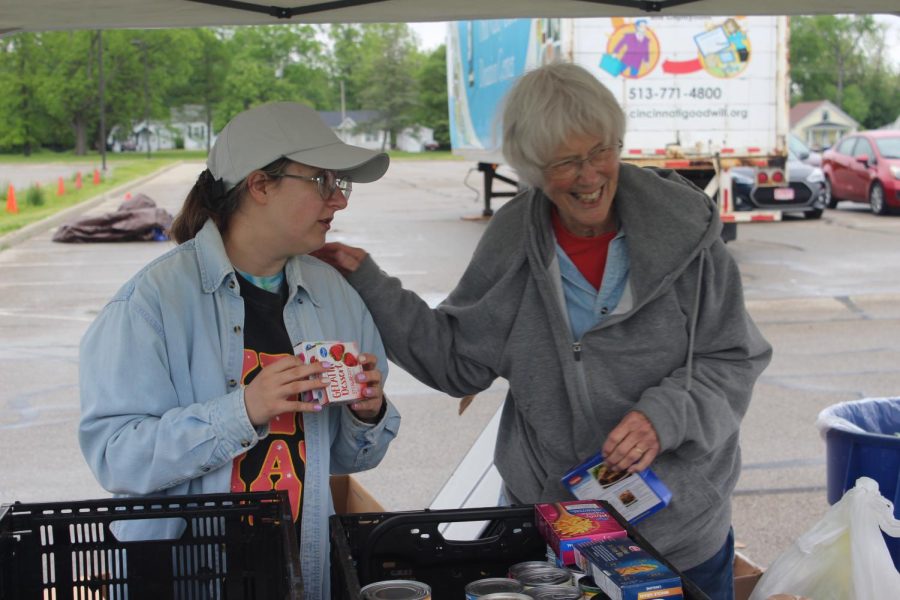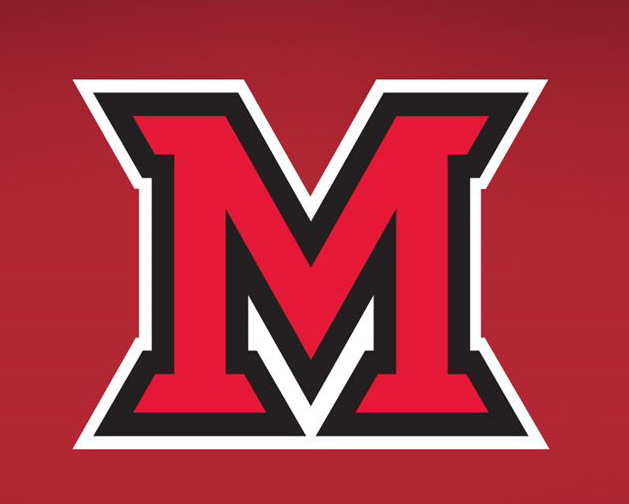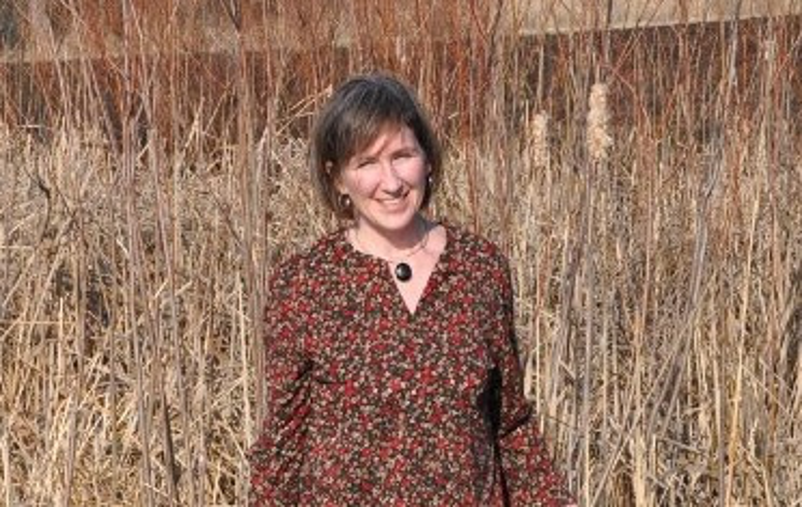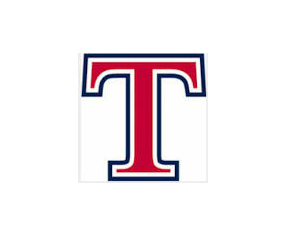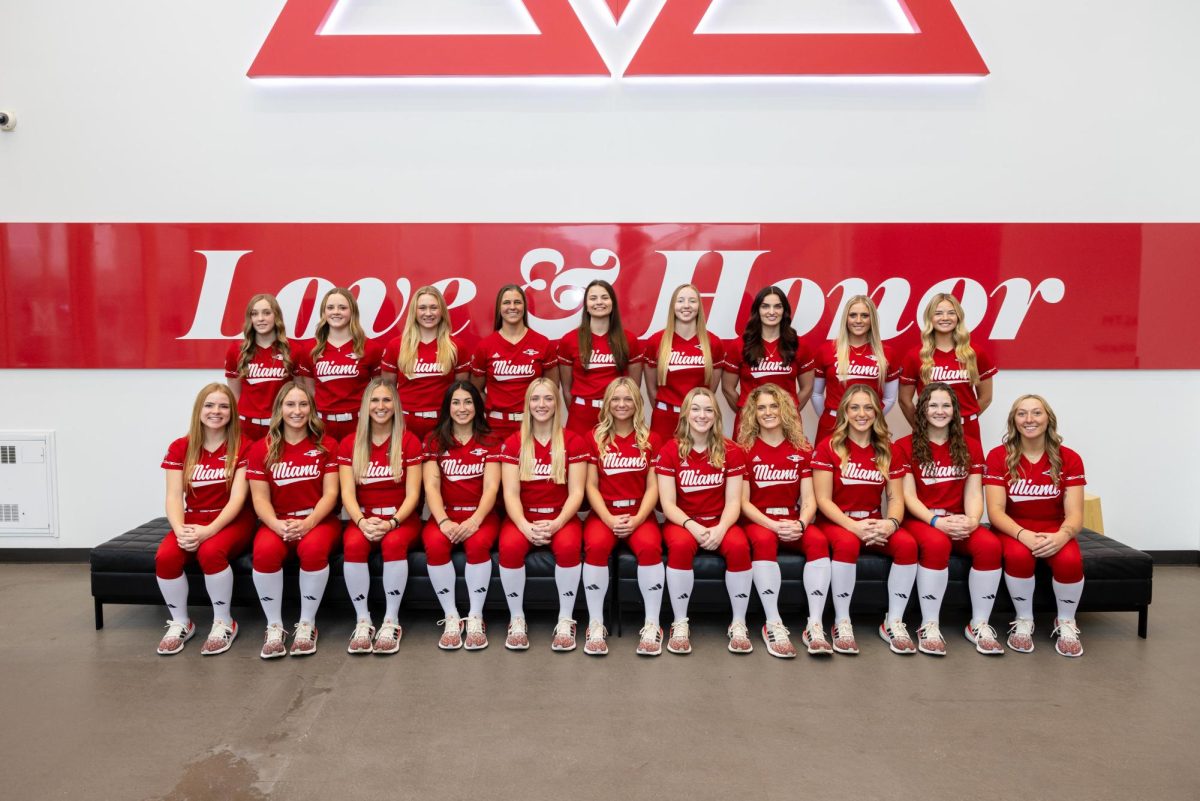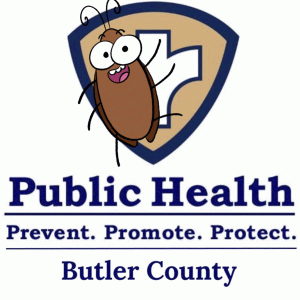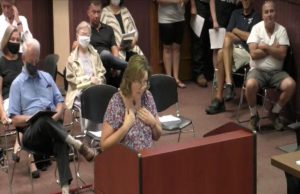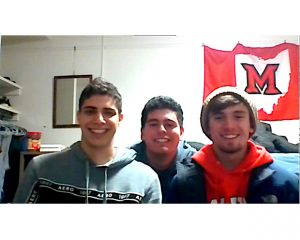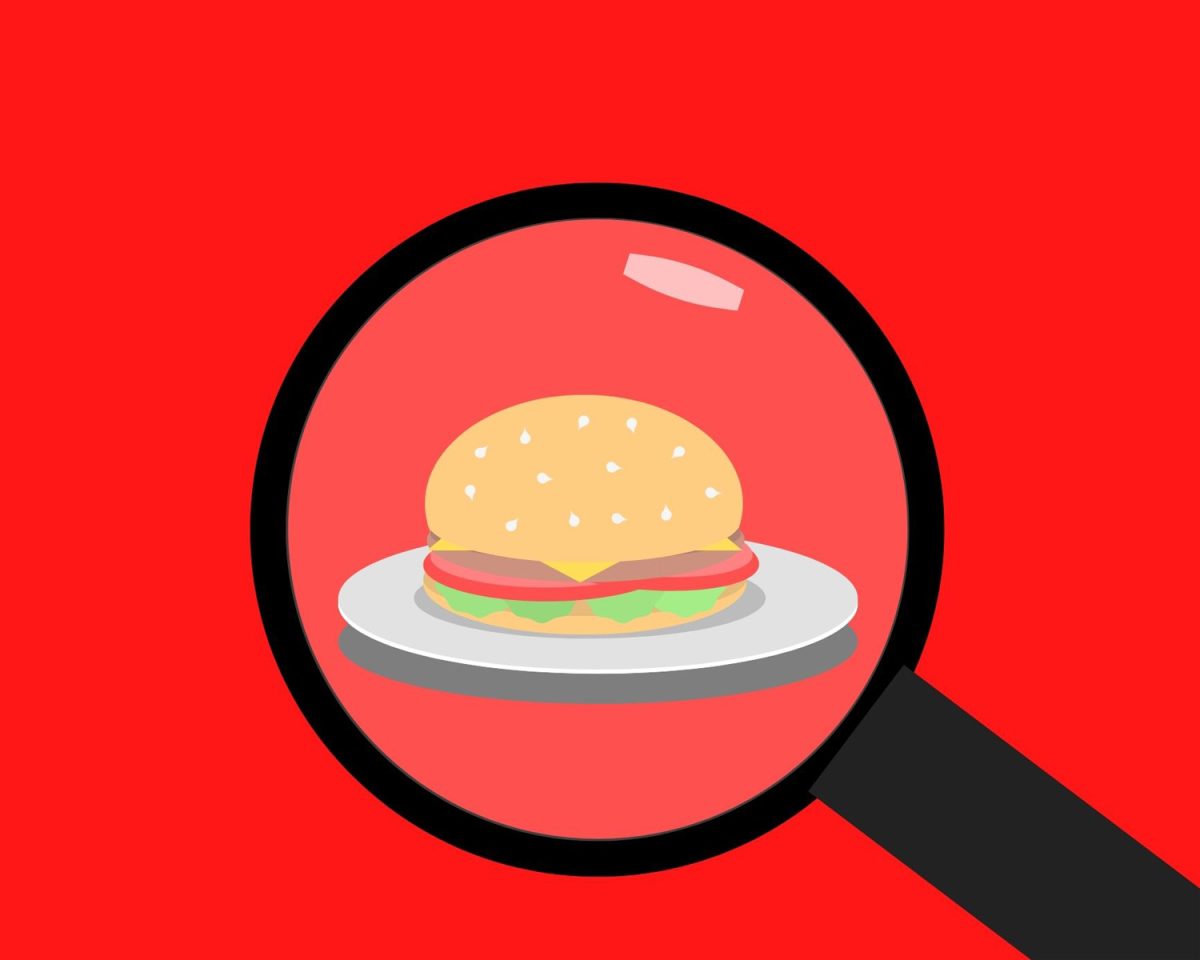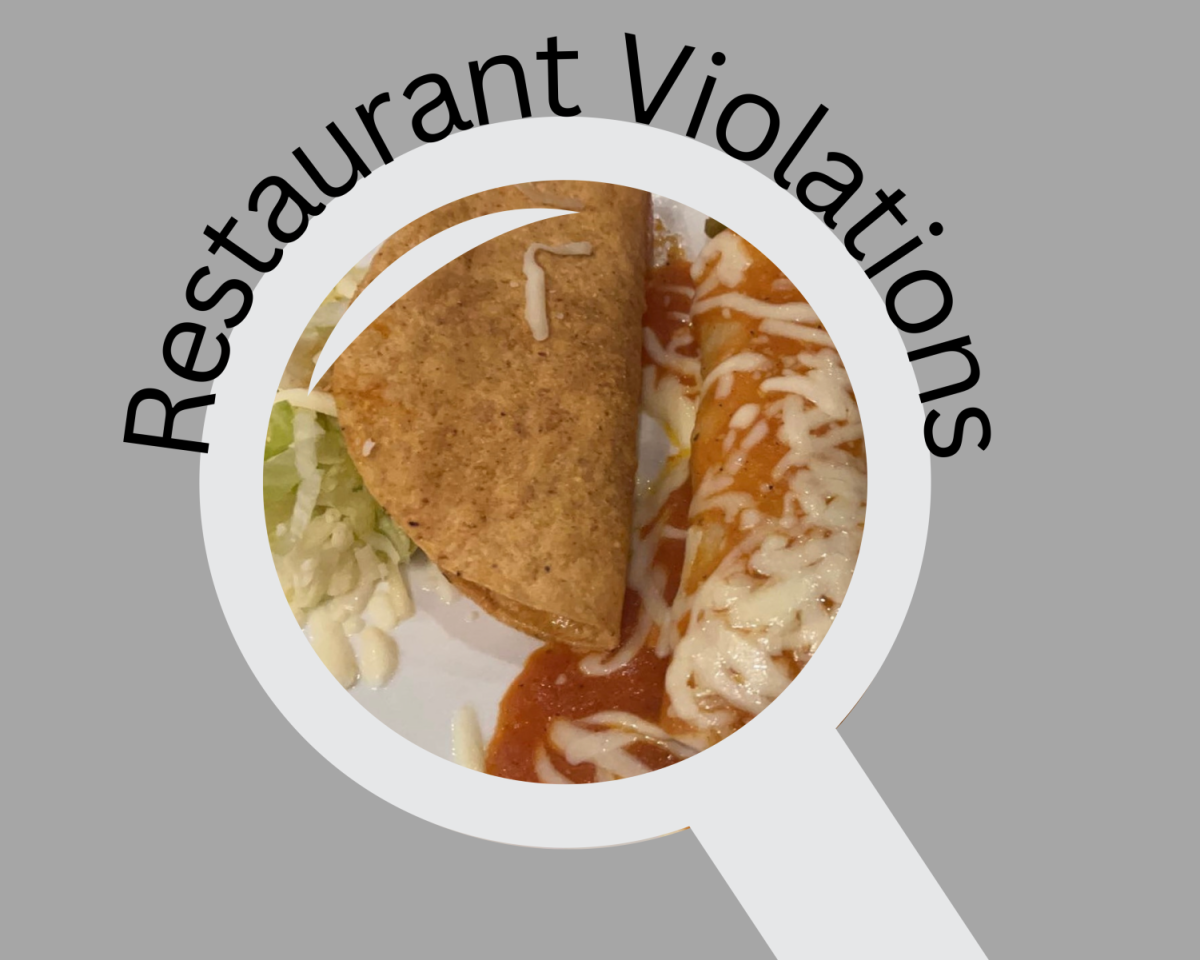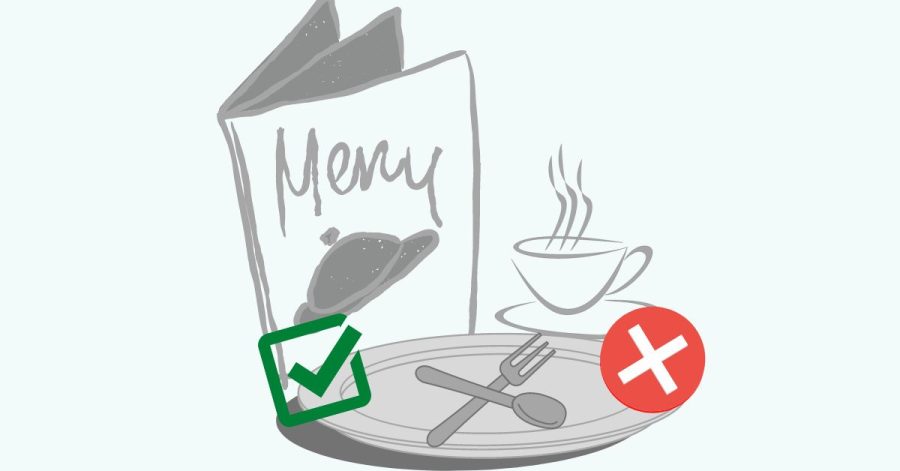“I need help.”
At first glance, this three-word phrase sounds like a conventional remark that is universally recycled each day, similar to the common phrase, “I’m fine,” when asked how you’re doing today.
But what does practical help look like?
The 6-year-old who needs help tying his shoelaces, the elderly woman needing assistance reaching butter from the top shelf, the college student so distressed that he takes a gun to a park one night.
“I need help.”
Although simple in nature, these words take an excruciating pivot when they are no longer heard and can no longer be said. It’s hard to know if Miami senior, Zhizhe Han, said those words—asked for help— before he ended his life on Jan. 27, 2019. His friend, Weihao Chen, told The Miami Student that Han didn’t always share dark and deep sides of himself. “He was very funny. We laughed together. We had fun together. He was a great friend,” said Chen.
It’s difficult to know whether Chinese students who walk together in groups on campus, chatting and laughing, also need help.
Dr. Tong-An “Fred” Shueh thinks they might. Coordinator of International Student Services and the only full-time therapist at the Student Counseling Service who speaks Mandarin, is well informed of the mental health challenges of Miami’s Chinese students. “A lot of the time they don’t have people to talk to,” Shueh said. The international students he sees have academic concerns, homesickness and difficulty finding American friends, often leading to anxiety and depression.
So, what does practical help look like?
The first and easiest step is talking. Walking up to a Chinese student, introducing yourself, asking about their home life and college experiences, sharing your own experiences. This is what help actually looks like. By simply smiling at a stranger and saying “Hi,” Miami students can take the leap outside comfort zones, break down language barriers, and tear down insular social constructs. This bridges the gap of interpersonal relationships between international and domestic students.
Miami prides itself on providing ample resources – including those for international students. They include the Student Counseling Service (Shueh serving as the go-to for many Chinese students), the English Language Learner Writing Center, on-campus Chinese organizations, and the International Students and Scholar Services.
But when a student takes his own life, it’s time to step back and reconsider the resources. What did Han need that Miami did not have? What did Miami offer than Han did not need, or want, or even know about? What, in other words, might have prevented his death?
So, what does practical help look like?
Well, it definitely doesn’t look like this: looking down at the sidewalk or your phone when passing a Chinese student to avoid eye contact, assuming Chinese students can’t speak English. Growing irritated with the task of working with Chinese students on group projects, thinking they won’t contribute. Believing Chinese students don’t know the answer because they aren’t the first ones to raise their hands in class. Writing Chinese students off as unfriendly and rude because you have never talked to them. Every student, at least every domestic student, is guilty of one of these faults, if not more.
So, what does practical help look like?
Shueh already offers one model. Although not widely known on campus, Shueh started a program called Intercultural Connection Group in 2015. This group provides a friendly atmosphere for domestic and international students to sit down and share their experiences and cultures while learning about other students’ lives. The group meets every Monday from 2:30 to 4 p.m. at the Student Health Services center, room 166. U.S.-born and foreign-born students have a lot to offer each other, Shueh said. “You’d be surprised how much you can benefit from that.”
So … start talking. Make the effort. It is exhausting to keep having this conversation at Miami but it won’t stop until you, and me, and all of us start.
So, what does practical help look like?
Asking: “What can I do to help?”
Kayla Jones is a sophomore journalism major from Piqua, Ohio. She wrote this piece for a class, Critical Writing for Journalism, at Miami.


